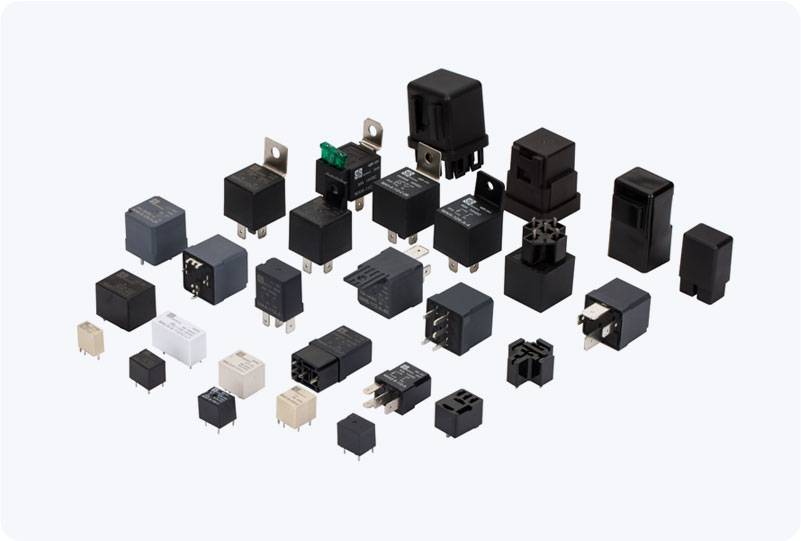High-Power Relays (HPRs) are indispensable components in modern electrical and electronic systems, designed to manage and control high current and voltage levels. With advancements in technology and the increasing demand for efficient power management, these relays have become essential in applications ranging from industrial machinery to automotive electronics. In this article, we will explore the function, applications, and significance of High-Power Relays in various industries.

Understanding High-Power Relays A High-Power Relay is a type of electromechanical switch used to control large electrical loads by enabling or disabling the current flow through circuits that require more power than what typical relays can handle. They are designed to operate in high-voltage and high-current environments, typically handling currents ranging from tens of amperes to hundreds of amperes and voltages up to several hundred volts, depending on the specific relay. High-Power Relays work on the principle of a low-power control signal activating the relay’s coil, which in turn causes its contacts to close or open, thus controlling the flow of electrical power to the load. The main advantage of this design is that it provides electrical isolation between the control circuit and the high-power circuit, ensuring that sensitive components are protected from potential damage due to electrical surges or faults.